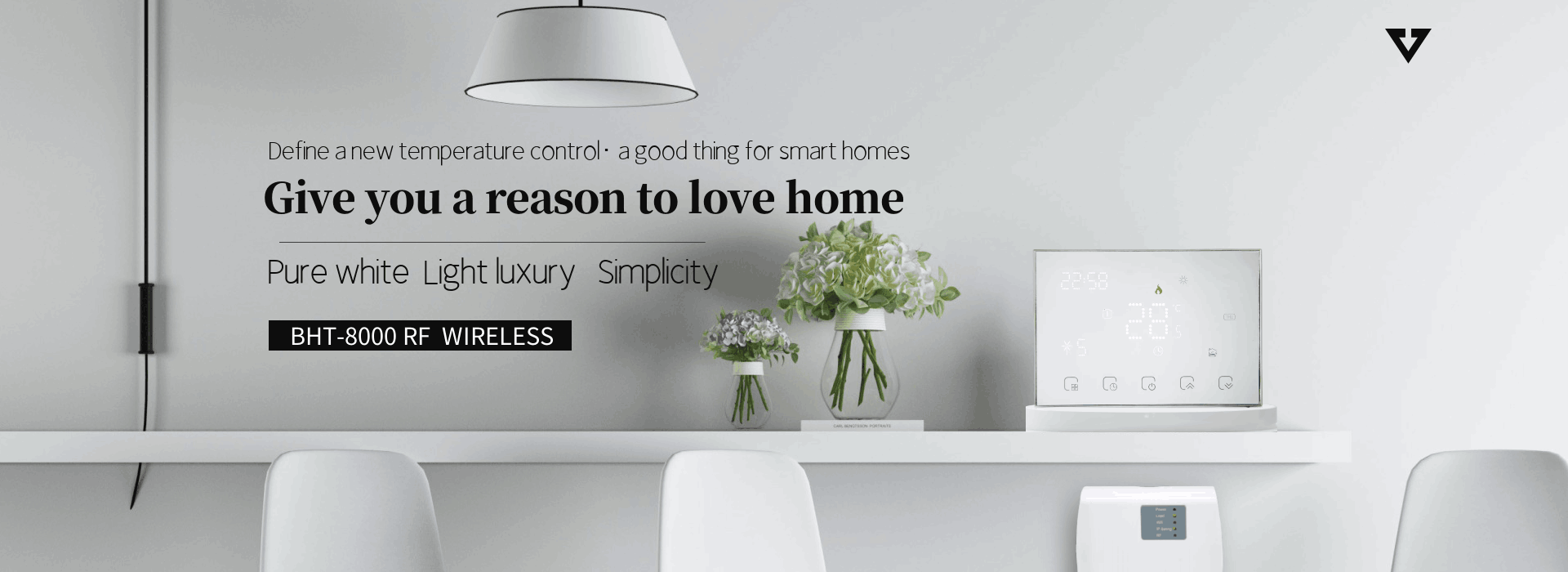March 19, 2025
function characteristics
- Intelligent thermostat: With remote control function, it can adjust temperature and view related information anytime and anywhere through mobile applications or other network devices. It is usually compatible with smart home systems and can be linked with other smart devices to achieve scene mode settings and automation control. It also has intelligent learning function, which can automatically optimize temperature settings according to user usage habits.
- Electronic thermostat: precise temperature control, able to control the temperature within a small error range. Some electronic thermostats have simple timing switch functions, but compared to smart thermostats, their timing function has weaker flexibility and programmability. Some high-end electronic thermostats may have data recording and analysis functions, but they are not as comprehensive as smart thermostats.
operating mode
- Intelligent thermostat: mainly operated through mobile applications or network interfaces, the interface is usually intuitive, friendly, and easy to operate. Remote operation is possible without distance limitations.
- Electronic thermostat: generally operated through local buttons, knobs, or touch screens. The operation range is limited to the location of the thermostat, and it needs to be operated near it.
Installation and maintenance
- Intelligent thermostat: Installation usually requires a network connection, which may involve some network settings and pairing operations. In terms of maintenance, due to its high electronic integration, it is generally repaired by professional personnel. But if it's a software issue, it can be resolved through remote updates or other means.
- Electronic thermostat: installation is relatively simple, just follow the instructions to connect the circuit and set the parameters. Maintenance mainly involves regular checks of circuit connections, cleaning of equipment surfaces, etc. In the event of a malfunction, repair usually requires professional technicians, but the repair cost may be relatively low.
Applicable scenarios
- Intelligent thermostat: suitable for smart home environments, it can provide users with convenient and comfortable temperature control experience. It is also applicable to places that require remote monitoring and centralized management, such as office buildings, shopping malls, hotels, etc.
- Electronic thermostat: suitable for places with high requirements for temperature control accuracy, such as laboratories, precision instrument production workshops, etc. It is also widely used in ordinary households and small commercial places to meet basic temperature control needs.
Cost
- Intelligent thermostat: Due to its complex functions and advanced technology, the production cost is high and the price is relatively expensive. But in the long run, its energy-saving and intelligent functions may bring certain cost savings.
- Electronic thermostat: relatively low price, high cost-effectiveness, can meet the basic needs of most users for temperature control. The energy consumption and maintenance costs during use are relatively low.
